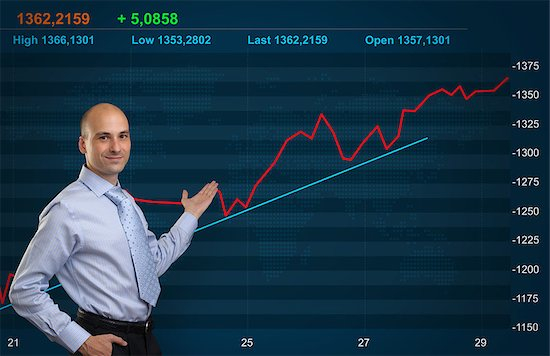Behavioral Finance
Have you ever stopped to consider why in the past 100 years of investing no one investment approach has consistently proven to be successful? For the past century, investors have been grappling with the need to make investing a science. We want there to be rules and laws, as there are in physics and chemistry, to provide the answers that result in successful investing. In the process, we have created economic, mathematical and technical models that give investing the appearance of a science, without the results of a science.

Over the past 20 years or so, a new field of academic study has gained popularity within the investing world – Behavioral Finance. First pioneered by two psychologists, Daniel Kahnman and Amos Tversky, Behavioral Finance is the study of how individuals make decisions and responds under similar circumstances.
To date, studies in this field have demonstrated that individuals and investors, in particular, do not react rationally when it comes to their investments. This irrational behavior is now believed to be responsible for the overreaction in stock market prices. The investor’s inability to make rational, unemotional and consistent decisions leads us to the realization that stock market prices are often more the result of our emotions than a correct reflection of the investment’s actual value.
So how does behavioral finance impact you and your investments? Simply, every investor, analyst, economist, professional money manager, trader and investment strategist is a victim of his or her emotions, mental framework, mental anchors, and biases. While each of us has varying degrees of similar human emotions, mental perception, and reasoning processes that influence how we receive, analyze, and filter information, no two individual investors will read the exact same financial news release in the same way and each will arrive at completely opposite conclusions: one decides to buy and the other decides to sell. And so an investment market is born.
Four main behavioral areas
In brief, Behavioral Finance can be broken down into four main areas of study. In the following section we provide a brief discussion of these four areas:

